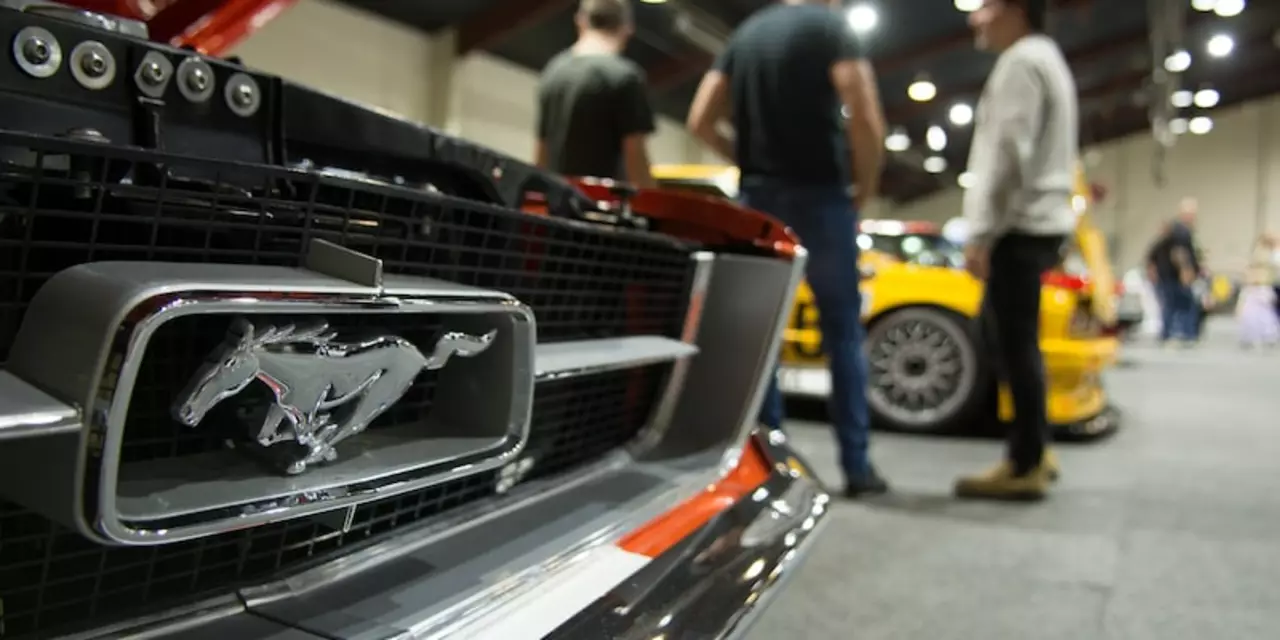Early Motorsports: From the First Races to Your First Lap
Ever wonder how motor racing went from a handful of daring hobbyists to the global sport it is today? The answer starts with the early days—when engineers tinkered with gasoline engines and brave drivers pushed the limits on dusty roads. Understanding those roots gives you a clear picture of why the sport works the way it does and helps you jump in with the right mindset.
What Made the First Races Tick
Back in the late 1800s, manufacturers used races as a showcase for new technology. Early events were simple: a straight‑line sprint from point A to B, often on public streets. Drivers weren’t just athletes; they were test pilots for engines that were still figuring out how to stay reliable. The famous 1903 Paris‑Madrid race, for example, highlighted both the thrill and the danger of pushing early cars to their limits.
Those early founders taught us three core lessons that still matter:
- Reliability over sheer speed. Early engines broke down often, so keeping the car running mattered more than being the fastest.
- Know your track. Whether it was a cobblestone street or a makeshift oval, understanding surface conditions gave a huge advantage.
- Innovation wins. Teams that tried new ideas—like better brakes or lighter frames—ended up on the podium.
How to Start Early in Modern Racing
If you’re itching to get behind a wheel, the good news is you don’t need a vintage car. The pathway looks a lot like the early days: learn the basics, get some seat time, and gradually move up.
1. Begin with karting. Most pro drivers, from Formula 1 to MotoGP, cut their teeth on go‑karts. They’re cheap, fast to learn, and teach you the core skills—throttle control, braking, and racing lines.
2. Grab a license. In the UK, the Motor Sport Association (MSA) offers a Club Competition License after a short course and a few on‑track runs. It’s the legal ticket to enter club races.
3. Join a local club. Clubs host regular track days, practice sessions, and entry‑level races. You’ll meet teammates, find mentors, and get feedback on your driving style.
4. Practice the “third point” technique. Motorcycle racers drag a knee to add a third point of contact for stability in corners. While you’re on four wheels, the idea translates—use your body weight to balance the bike and improve cornering.
5. Keep the budget low. Early enthusiasts often built their own race prep cars from used parts. Today you can do the same: buy a used track‑ready car, trim the interior, and focus on safety upgrades like a roll cage and fire‑extinguishing system.
Remember the story of Ken Miles—he never won Le Mans officially, but his skill and willingness to test new ideas made him a legend. Your early career should echo that: push boundaries, learn from every spin, and stay hungry for improvement.
Finally, watch the early races on YouTube or classic motorsport documentaries. Seeing how pioneers dealt with limited tech gives you a fresh perspective on modern equipment. The more you understand the past, the better you’ll adapt to today’s high‑tech racing world.
So, whether you’re eyeing a local club sprint or dreaming of the 24 Hours of Le Mans, start with the basics, stay curious, and keep the spirit of the early racers alive in every lap you take.
Just how dangerous was auto racing during the early 1900s?
Auto racing during the early 1900s was incredibly dangerous, as safety measures were minimal and the sport was becoming increasingly popular. Racers would often drive their cars at extreme speeds and often with no safety equipment whatsoever. Often times, the drivers would be thrown from their cars and suffer serious injuries or even death. Spectators were also not safe from the danger, as crashes and explosions often led to injury and death. Despite the dangers, the sport continued to grow in popularity and remains popular today.
